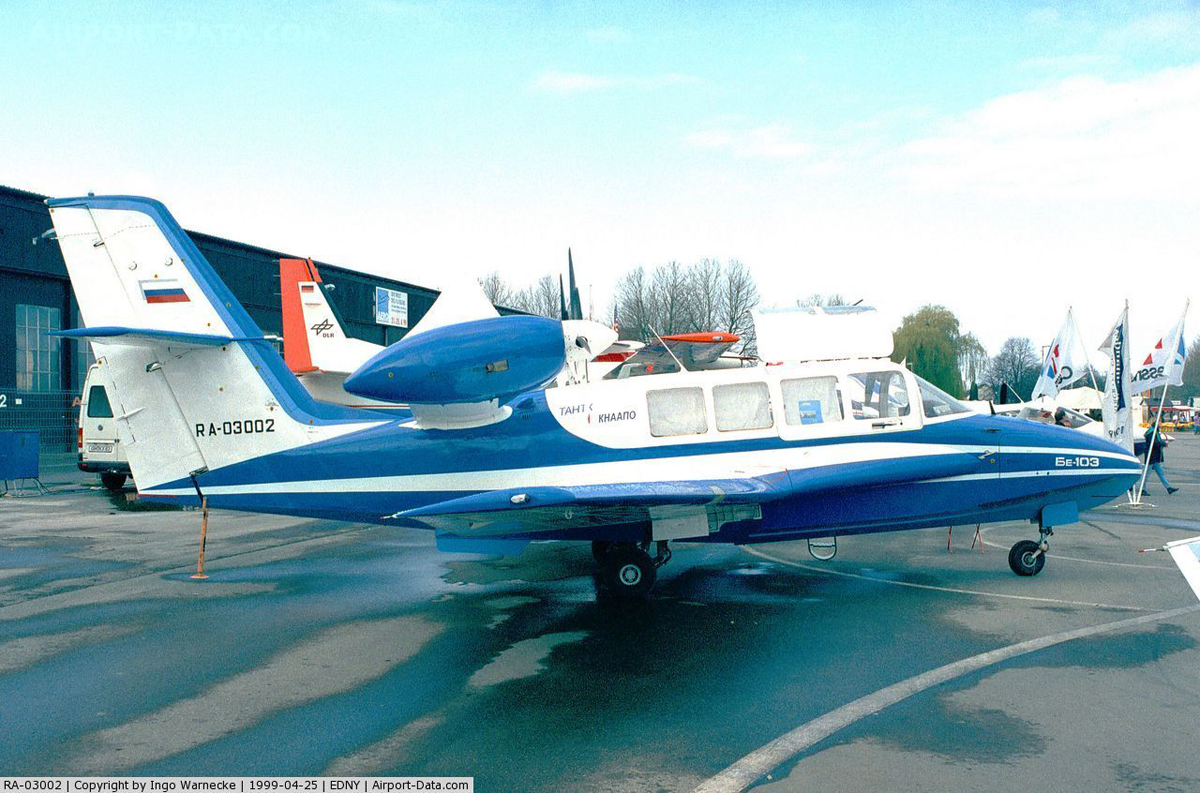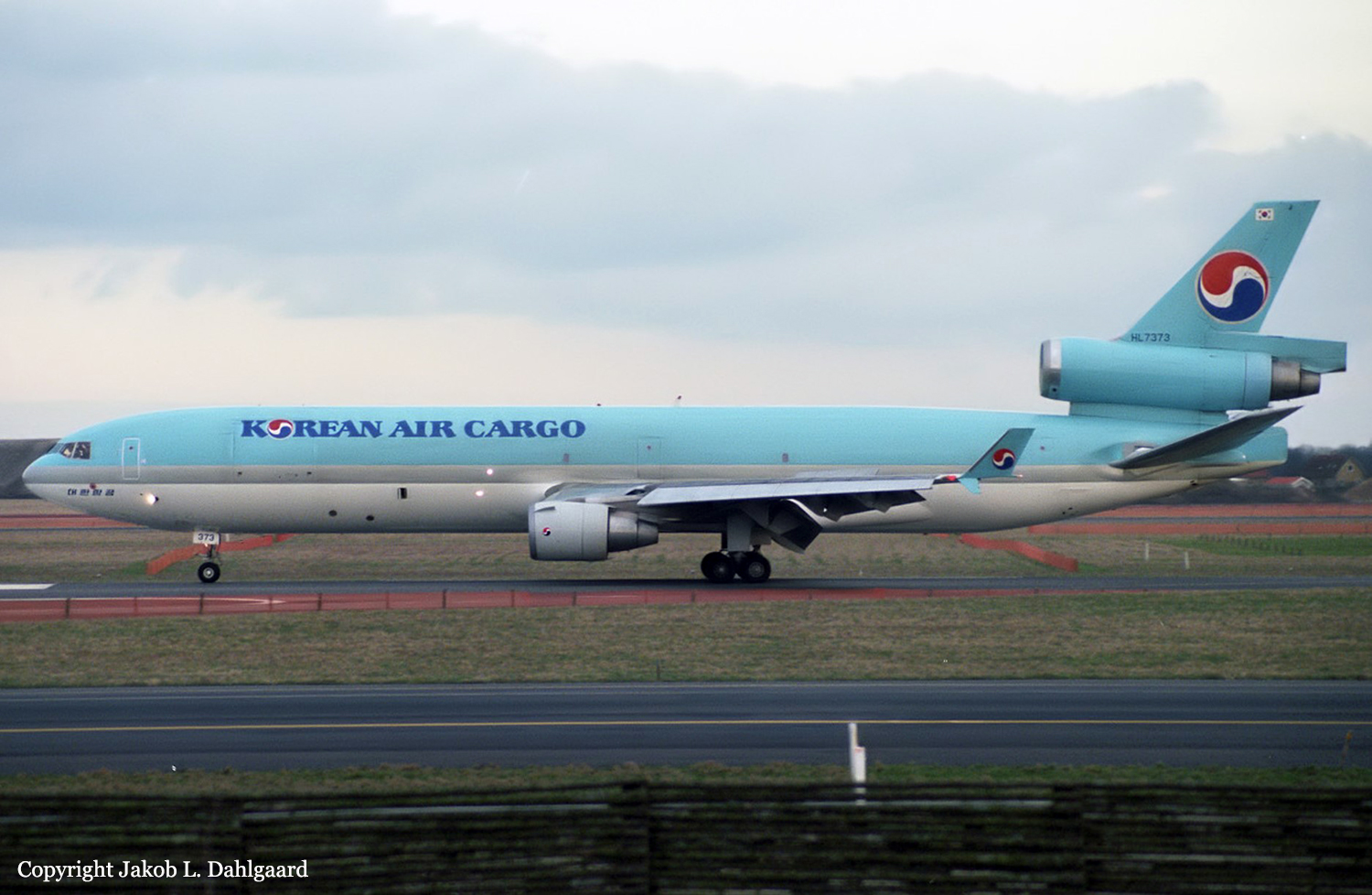Crash of a Boeing 737-247 in Loma Bonita
Date & Time:
May 10, 1999
Registration:
B-12001
Survivors:
Yes
Schedule:
Loma Bonita - Loma Bonita
MSN:
20127
YOM:
1969
Crew on board:
6
Crew fatalities:
Pax on board:
0
Pax fatalities:
Other fatalities:
Total fatalities:
0
Circumstances:
The crew was completing a local training flight at Loma Bonita Airport which has a 1,400 metres long 18/36 runway. After touchdown, the crew initiated the braking procedure but the aircraft was unable to stop within the remaining distance. It overran, rolled for about 100 metres then came to rest. All six occupants escaped uninjured. A fire erupted and destroyed the aircraft in few minutes as local firebombers were not sufficiently trained and well equipped.
Probable cause:
It was determined that following a wrong approach configuration, the crew landed too far down the runway, reducing the landing distance available. Brake marks were found on the last portion of the runway.









